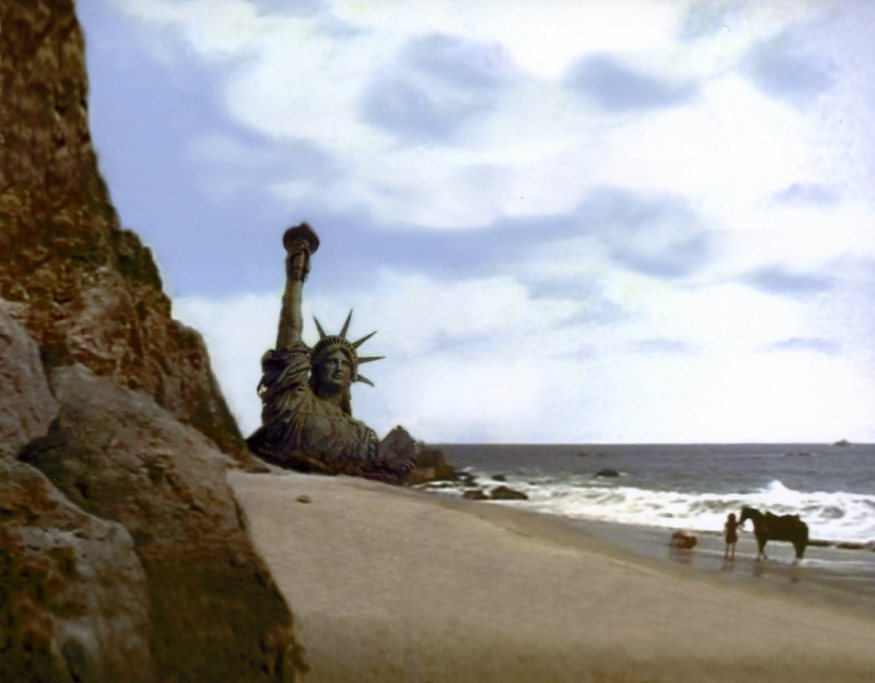From Hope Landsem’s WSJ review of David Kilcullen’s new book about the future of warfare, a passage about the heat of the battle potentially shifting to areas of population density:
“Out of the Mountains: The Coming Age of the Urban Guerrilla is his attempt at a study of future threats. The author says he was alerted by ‘a sense of dissonance about our reliance on ‘pure’ or binary theories that are framed around the nature of a specific threat group.’ Mr. Kilcullen worries that previous counterinsurgency theories, his own included, don’t adequately address current or potential problems, including global trends like population growth, urbanization, and the ready dissemination of military expertise and technology such as cellphones and drones.
These trends, Mr. Kilcullen says, will have a profound effect on the future of warfare. Take Libya, where anti-Gadhafi rebels in 2011 were able to use their technical expertise to modify weapons in factories near Benghazi—despite their lack of prior military experience. In Syria, urban areas became breeding grounds for dissatisfaction following years of diminishing water supplies. Social networks and social media helped fuel Syria’s 2011 uprising, which subsequently devolved into a sectarian civil war centered around cities.
As these examples show, the next global conflicts are more likely to be fought in tightly packed urban areas rather than in mountain environs. Coastal regions present extremely likely future threats, Mr. Kilcullen says—fitting, given that coastal regions contain more than 80% of the world’s cities.”
Tags: David Kilcullen, Hope Landsem

